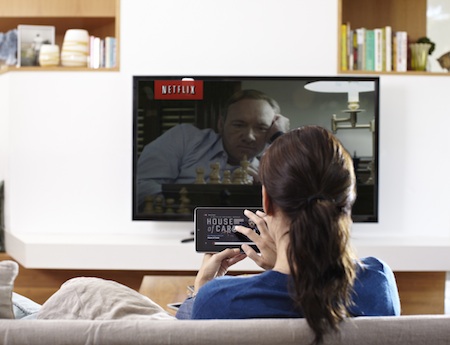
Advertisers looking to reach young consumers will have to take a new approach, according to measurement and analytics company Samba TV.
Those 18 to 26 year olds known as Gen Z could also be called the streaming first generation. Having grown up in the cord-cutting era, eight of 10 members of Gen Z watch TV via streaming platforms, while 65% do not have access to a traditional cable TV subscription.
Members of the Gen Z demographic are attached to their phones, even when watching TV, Samba’s study found. They shop online while watching TV. To Samba TV, that’s an opportunity for marketers to drive instant onscreen outcomes.
Meanwhile, while it was most true that TV was the best way to sell TV, the Gen Z generation turn to social media apps–particularly TikTok–to discover shows and movies to watch
“It’s always been important for advertisers to drive performance, but a necessity today is how well you can reach Gen Z — a highly elusive segment of the population,” said Samba TV co-founder and CEO Ashwin Navin. “This generation is reshaping how content is consumed across every screen, highlighting a critical need for advertisers to embrace an omniscreen approach that connects all the dots of where these audiences watch TV today.”
Samba TV’s survey found that 85% of Gen Zers said the look at a mobile device while watching TV and 47% shop online while watching TV
Samba TV said this means that advertisers should look to optimize their ads for mobile devices and incorporate mobile-focused calls-to-action. Ads that leverage this behavior, such as QR codes or links to mobile landing pages, can drive engagement.
Gen Z consumers can also be persuaded to buy via new ad formats enabled by technology, such as pause ads or TV commerce applications. Samba found that 44% of 18 to 26 year olds have paused an ad on television to look up a product or make a purchase and 34% have purchased a product through a QR code or a TV Ad.
The survey was conducted online from March 23 to March 27 by HarrisX, which got answers from 2,606 Americans. The margin of error in the poll is plus or minus 2.0 percentage points.







